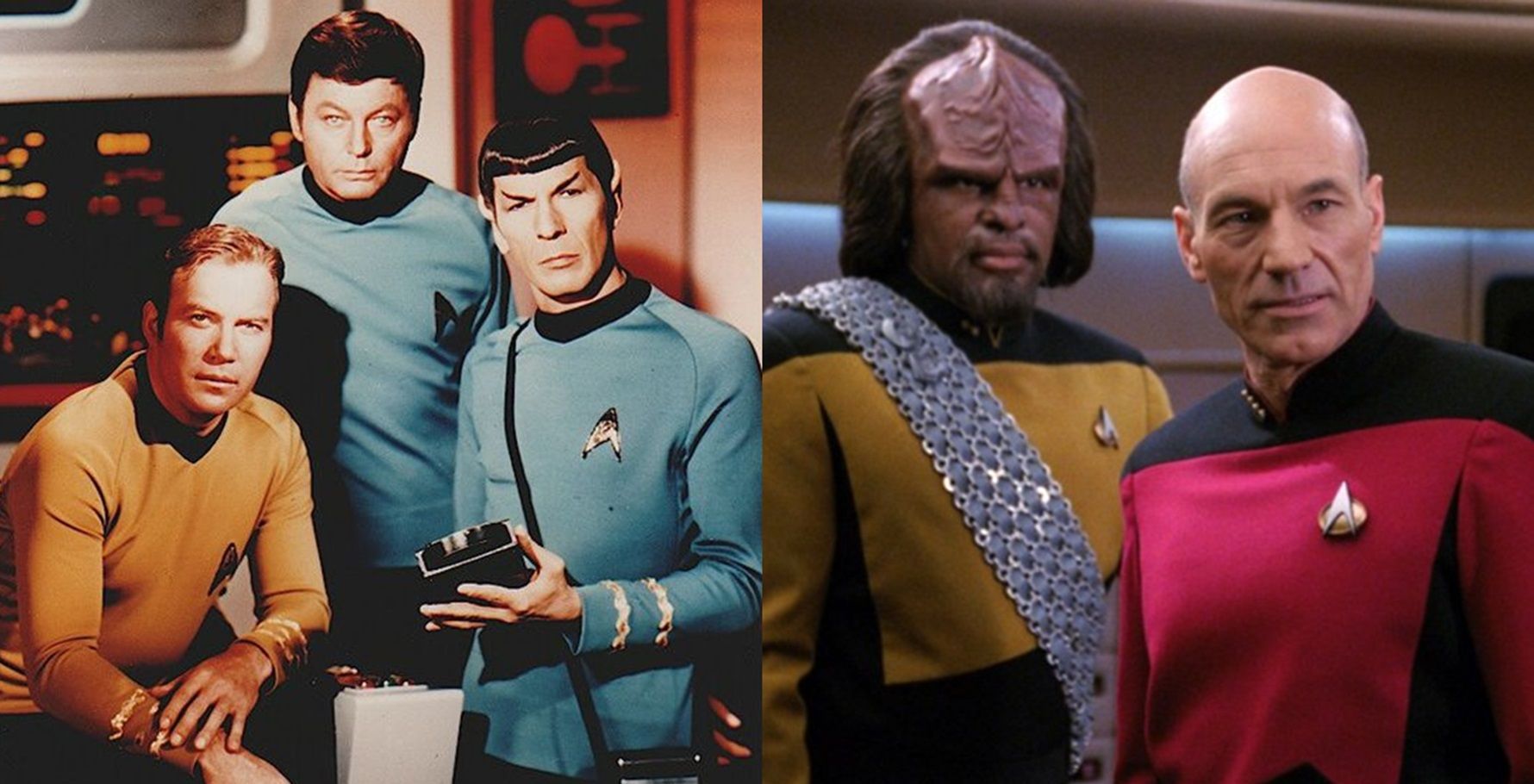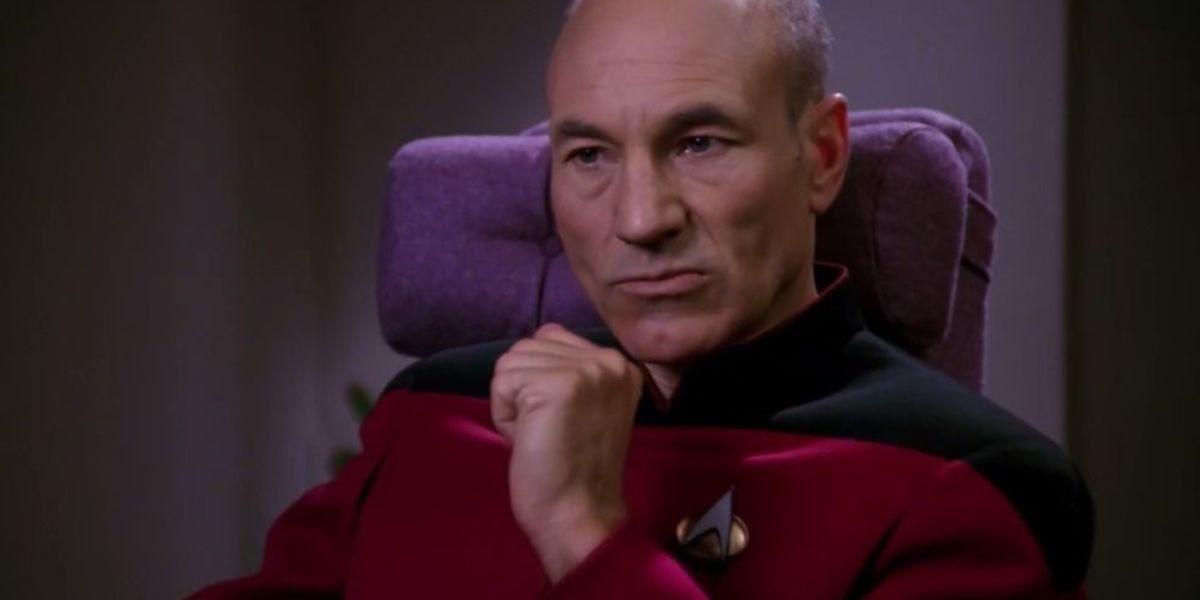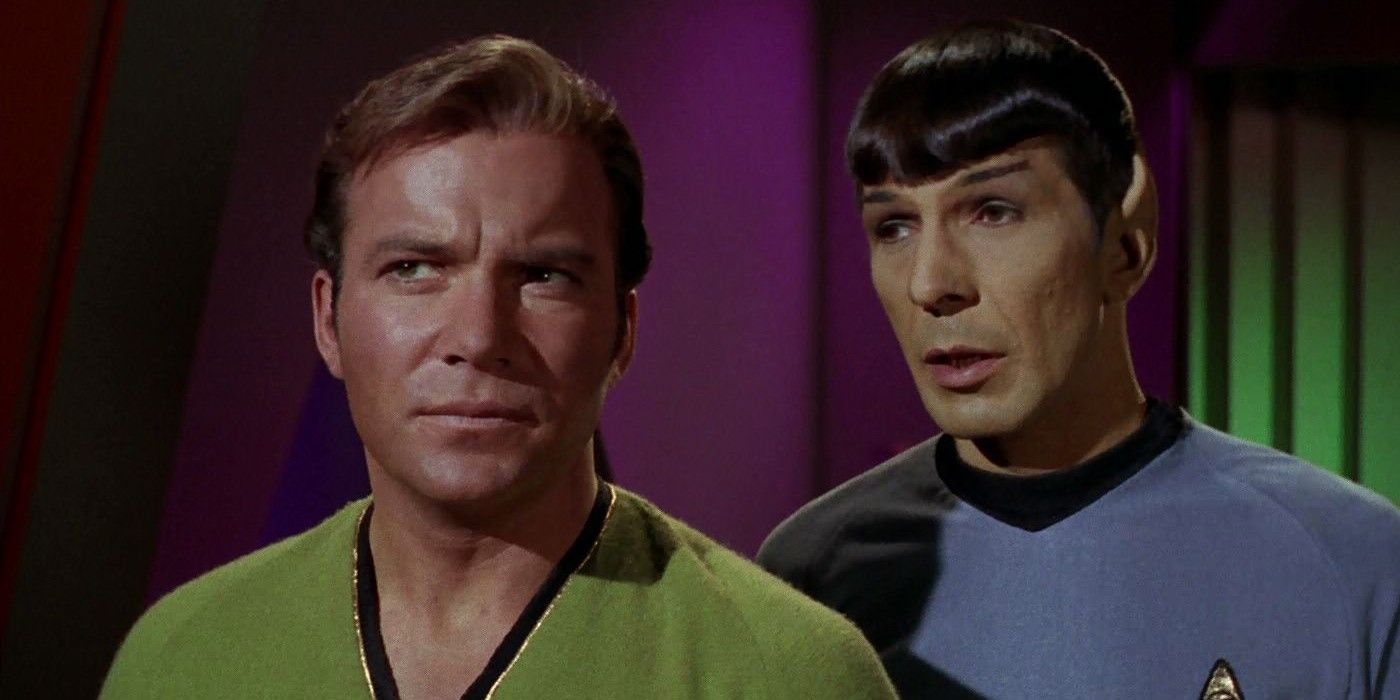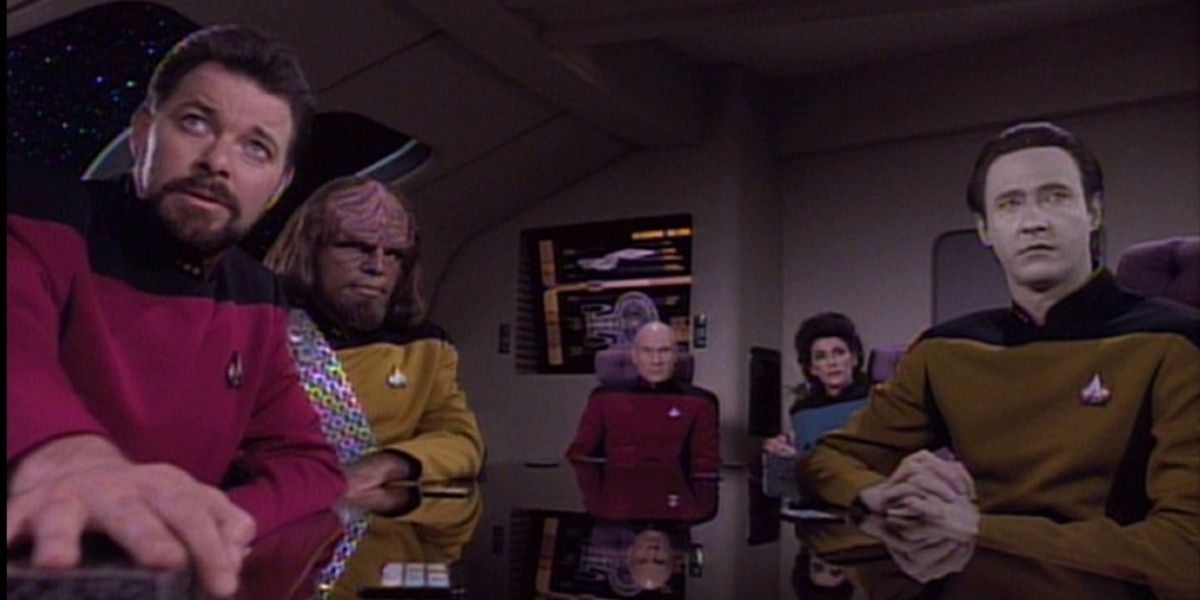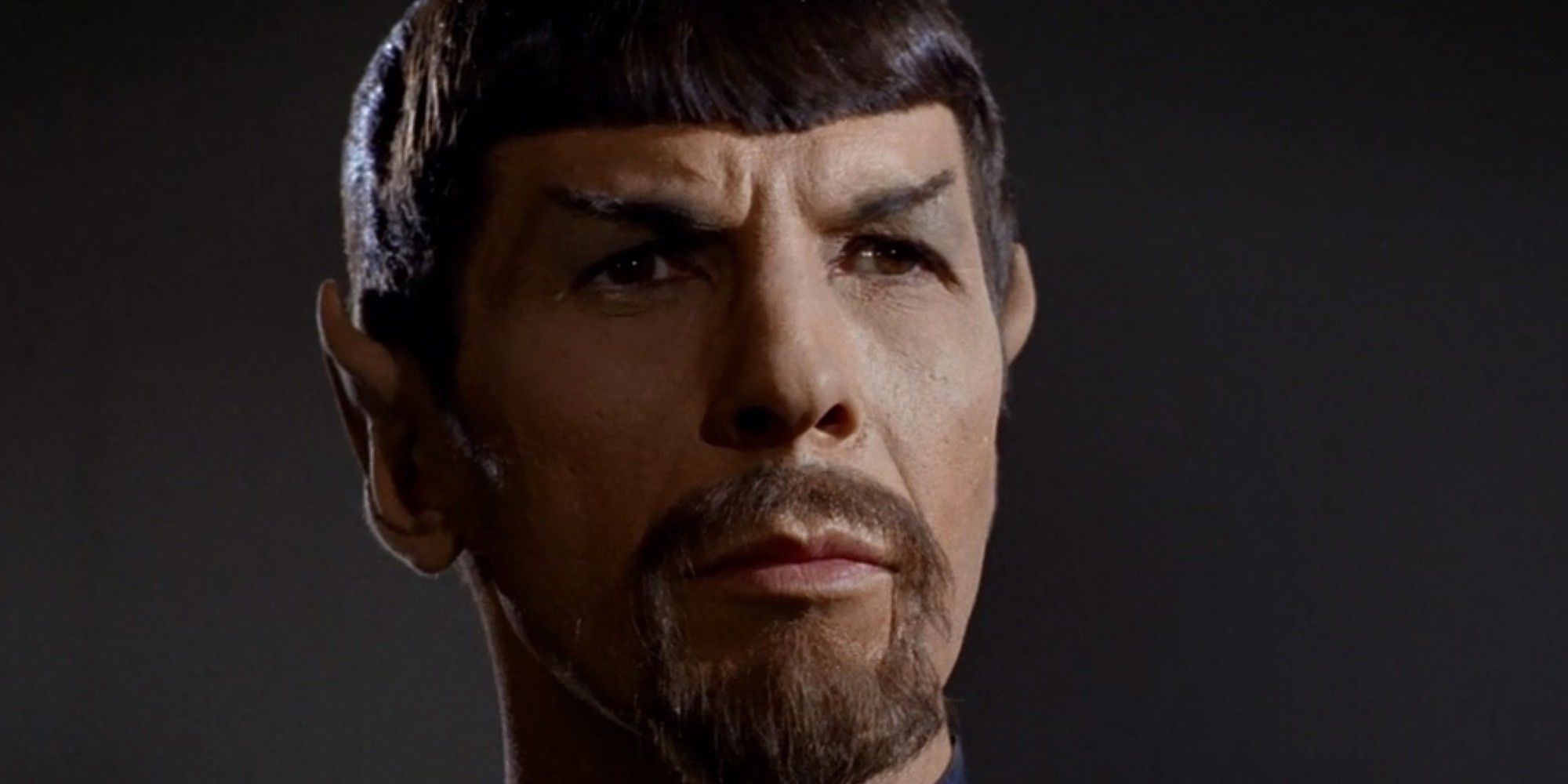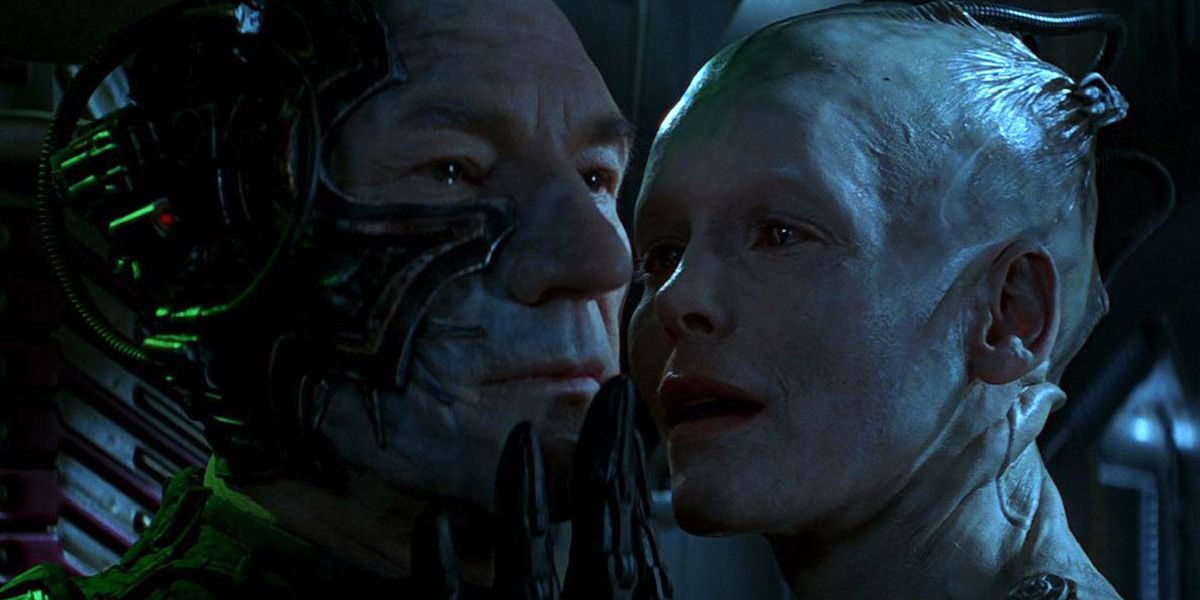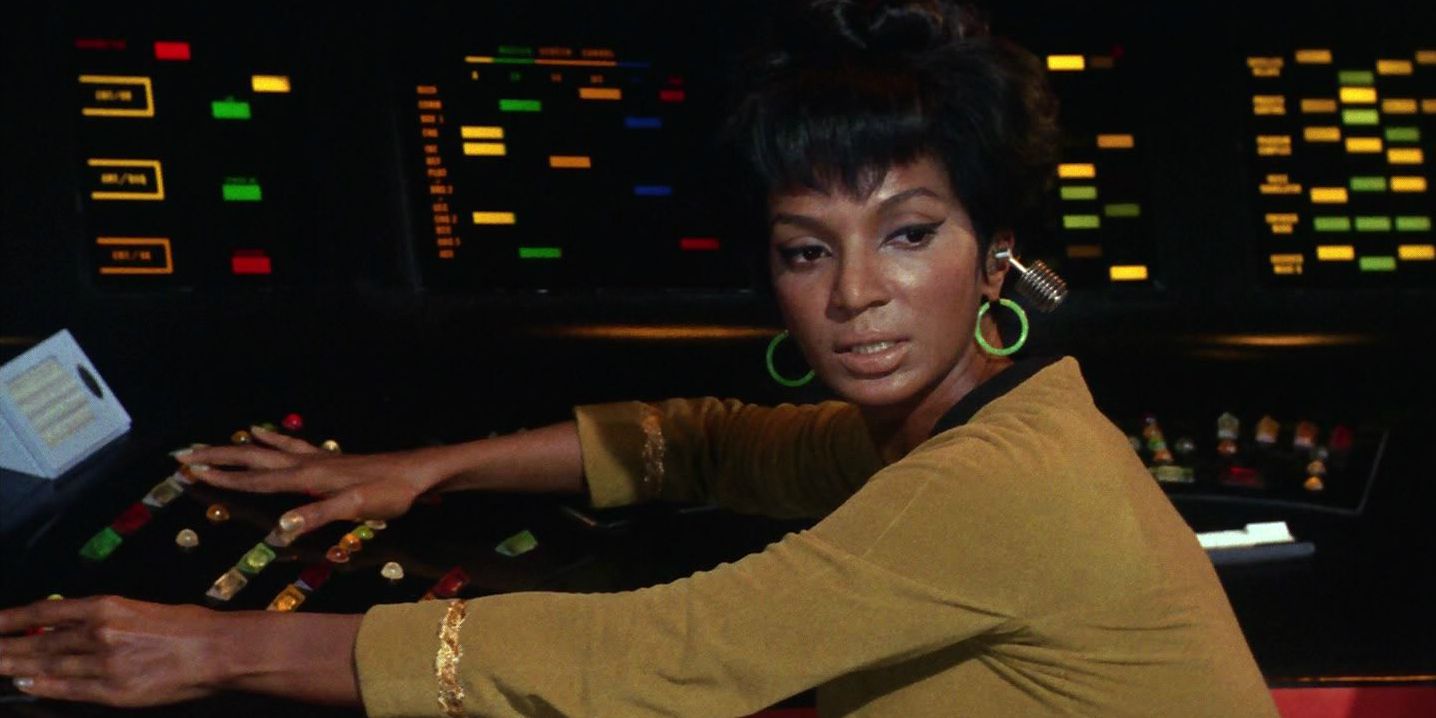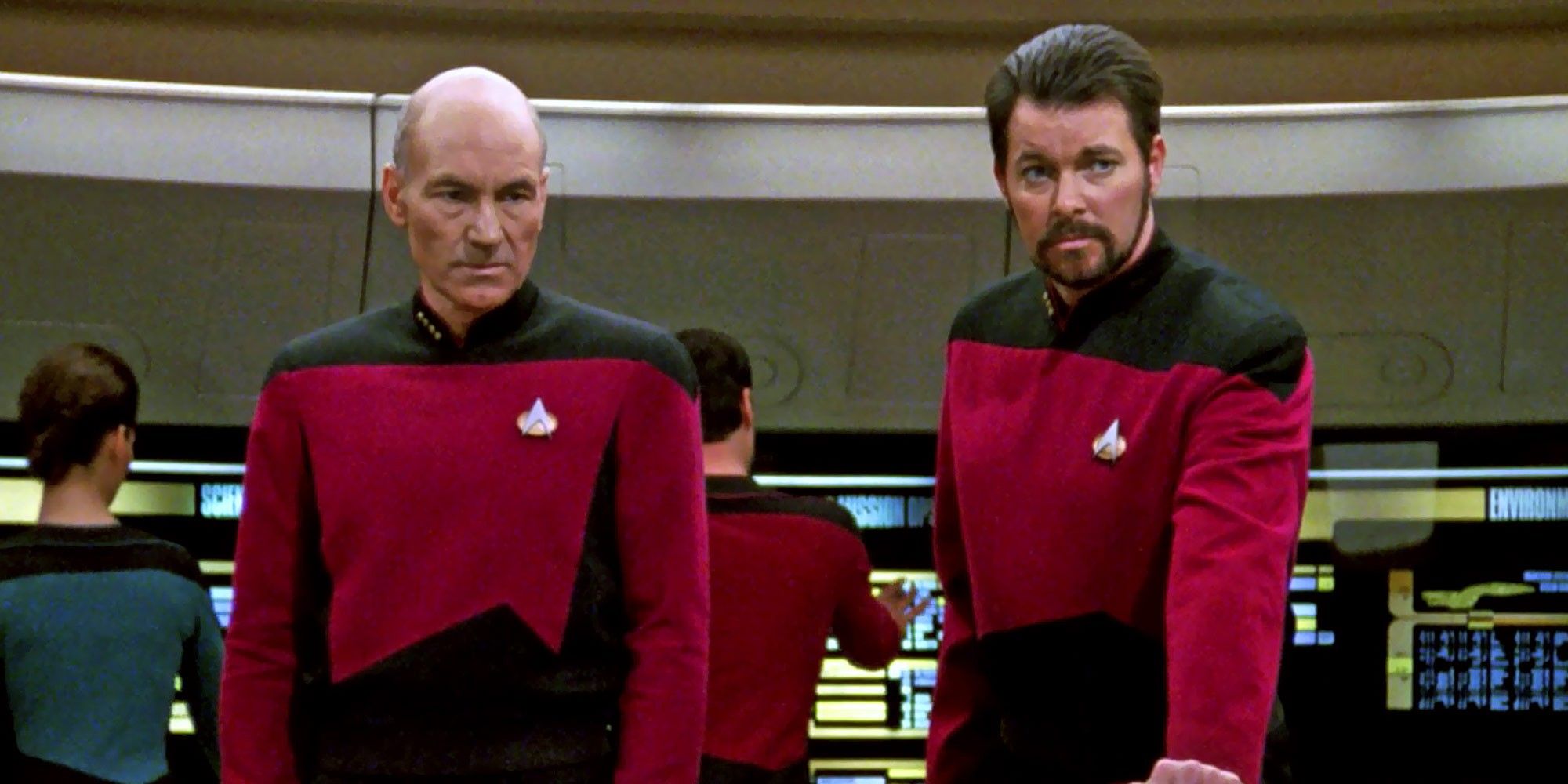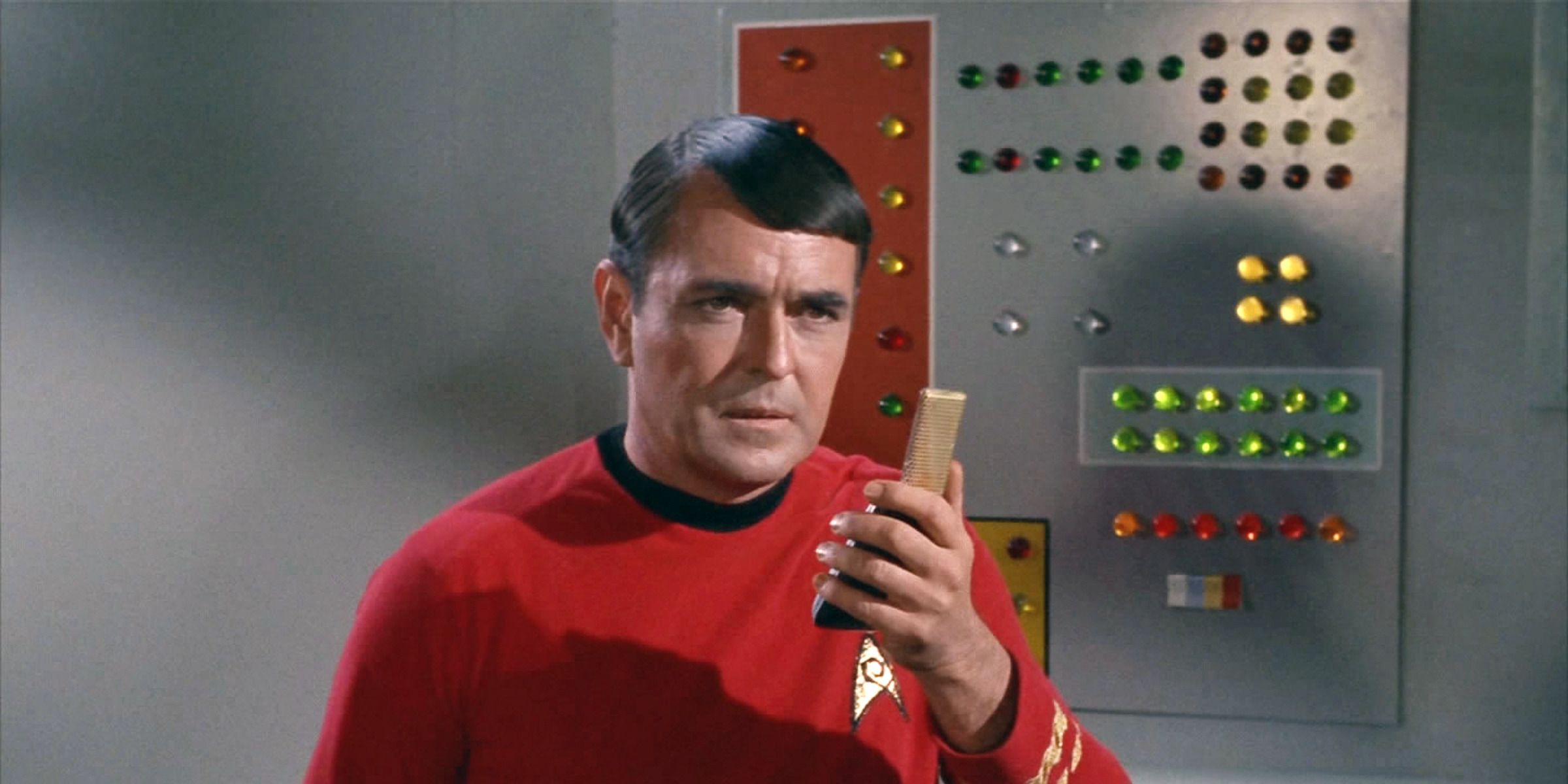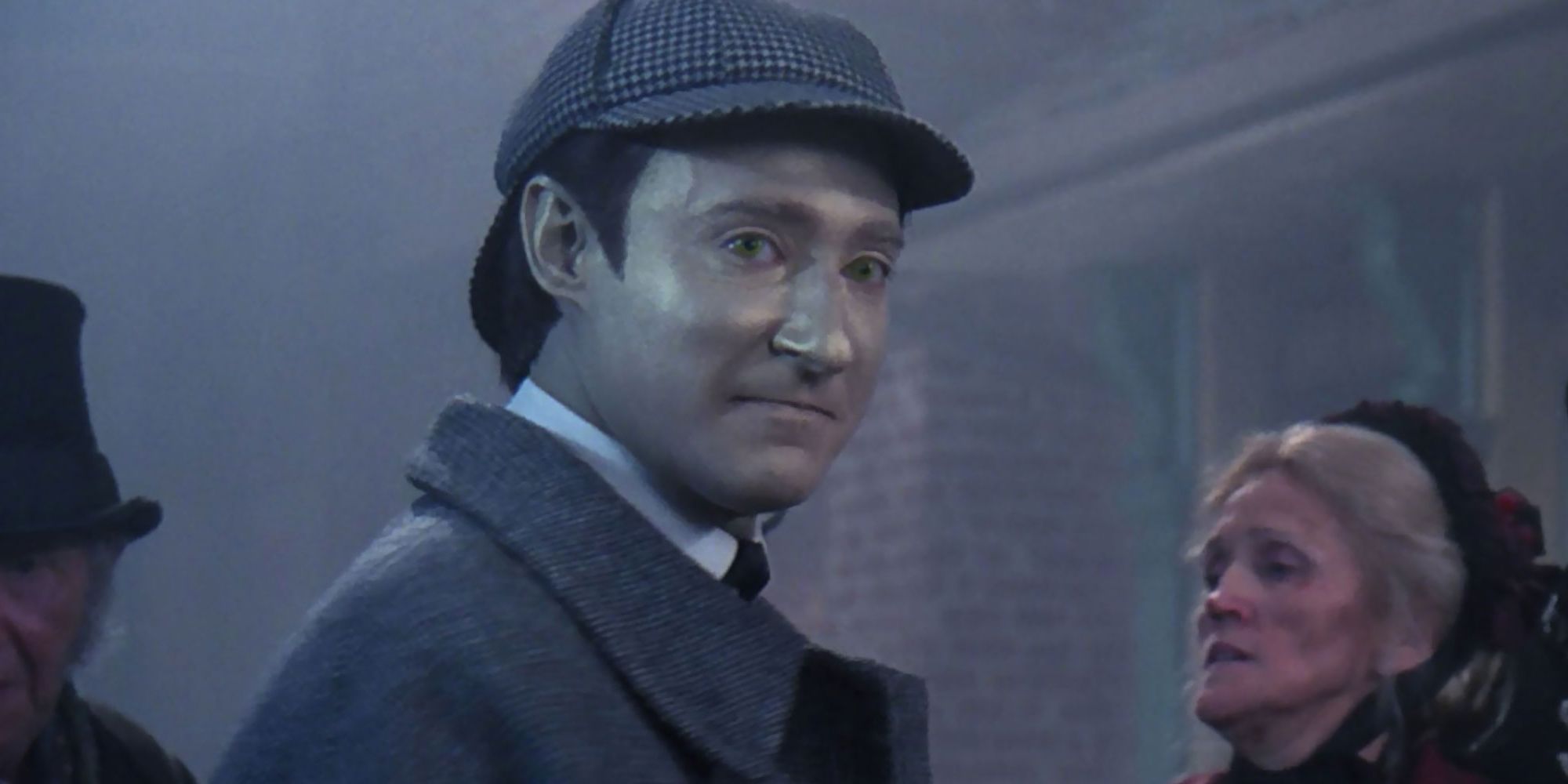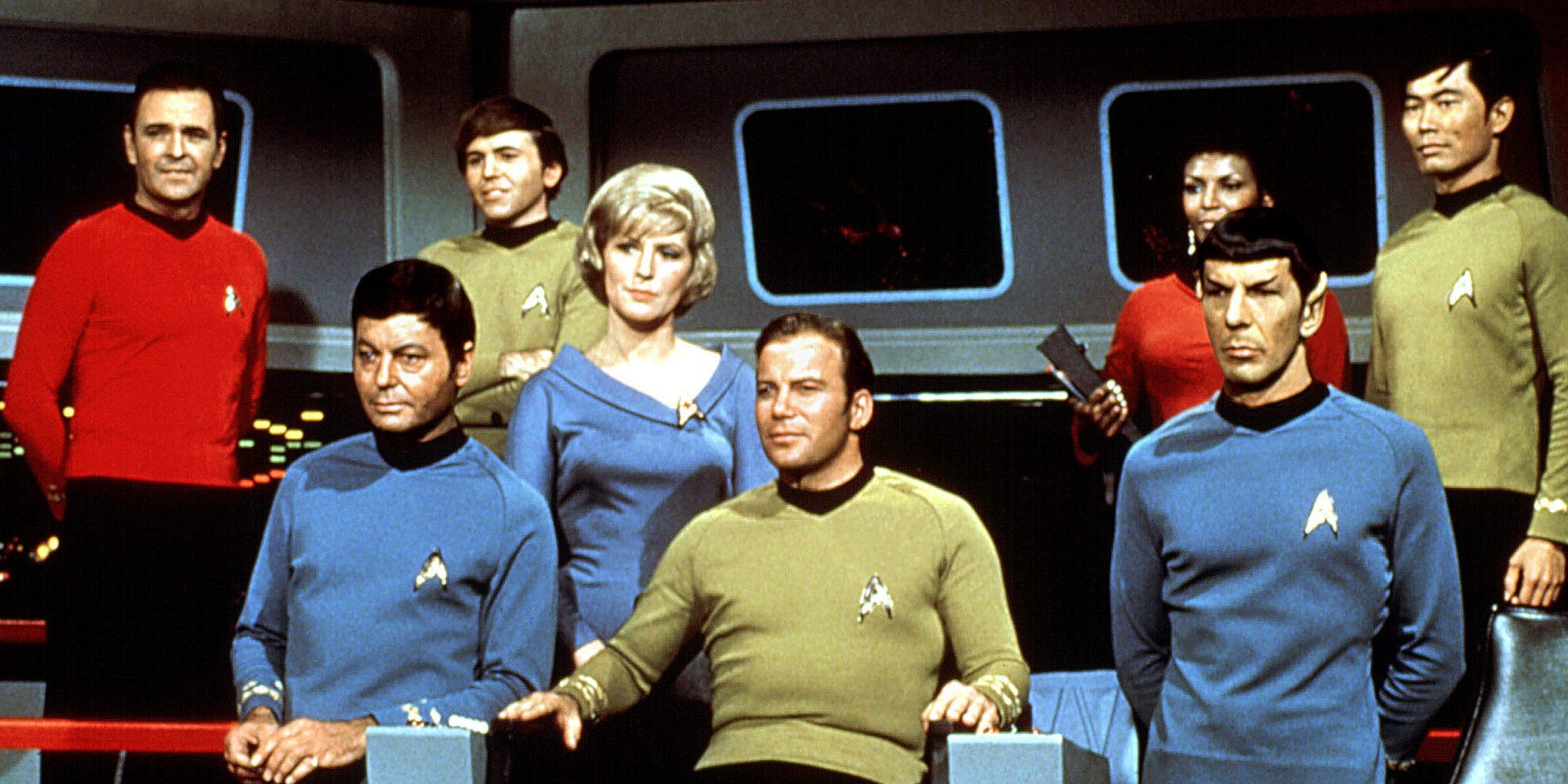The debate has raged among Trekkies for decades: which is the best Star Trek show? Any respectable discussion of this topic usually boils down to two options: The Original Series and The Next Generation. There are good points to be made for both sides.
The Original Series was the very first one, so it’ll always have a special place in the hearts of fans who were introduced to this curious future world dreamt up by Gene Roddenberry through the story of Kirk and Spock, but The Next Generation made so many innovations and revolutions in the Star Trek formula. So, here are 5 Reasons The Next Generation Is The Best Star Trek Series (And 5 Why It Will Always Be The Original Series).
The Next Generation: Picard is a better captain than Kirk
This is another debate that has raged among Trekkies for years: who is the better captain, James T. Kirk or Jean-Luc Picard? All things considered, it has to be Picard.
Both Kirk and Picard use their wits to get their crews out of dangerous situations and prevail under pressure, but Picard is a lot more level-headed than Kirk and never lets his emotions get in the way in the same manner that Kirk often does. Kirk is one of the greatest captains in the history of Starfleet, but since Picard is slightly better, one could argue that his story is, too.
The Original Series: Better characters
The Next Generation has some incredible characters, and fans still debate whether or not Picard is a better captain than Kirk, but it also had plenty of characters that fans found to be boring or annoying, like Wesley Crusher and Deanna Troi. The Original Series, on the other hand, had a stellar cast of characters with no dead weight, all of whom remain compelling 50 years later.
From Kirk and Spock’s clash of logic and emotion to Bones’ dry sense of humor, the characters were always engaging and likable and contributing to the fans’ enjoyment of the show. Sulu, Chekhov, Uhura – every character in The Original Series is now a beloved science fiction icon.
The Next Generation: Longer character arcs
The Original Series and The Next Generation both had fantastic standalone episodes, but the latter did a better job with long-running storylines that comprise character arcs when the series is considered as a whole. The characters of The Next Generation change as the seasons go on and different events affect them in different ways.
This is partly due to the differing television landscapes. In the ‘60s, when The Original Series premiered, serialized storytelling wasn’t the norm, whereas by the ‘80s, when The Next Generation premiered, it had become more commonplace to expect audiences to be keeping up with every single episode.
The Original Series: Doesn’t take itself too seriously
Any great Star Trek series or movie wouldn’t take itself too seriously to avoid getting bogged down in focusing on the wrong things, but it would take itself seriously enough to not become cynical or ironic in the wrong way.
The Original Series struck this balance better than any subsequent Star Trek media, because Gene Roddenberry himself was at the helm, making sure that it maintained his vision. Roddenberry took this a little too far with The Next Generation, bombarding the writers with lawyers to make sure it stuck to his vision, which led to the first couple of seasons of TNG sucking.
The Next Generation: Wider scope
The boundaries of what could be done in television in the 1960s limited The Original Series in ways that were both good and bad: good, because it meant that the writers kept the narrative focus on the characters and their relationship, and bad, because it meant that the show felt very insular and small-scale. It didn’t really boldly go anywhere.
The Next Generation, on the other hand, had the immense scope that helped to build up the wider Star Trek universe. We learned about all the different empires – the threats that the Enterprise crew could handle and the ones they couldn’t handle – controlling the universe of the future.
The Original Series: Sociopolitical points
When he first set out to create Star Trek, Gene Roddenberry didn’t just set rules for the technology and space travel of the 23rd century – he also set rules for Earth’s society in the 23rd century. He decided that for humanity to truly prosper and boldly go where no one has gone before, it would have to learn to live as one in a tolerant, multicultural society.
That’s why he created a black female character in a position of power and he had a Russian character working alongside Americans. And bear in mind that this was in the 1960s, when black women were generally only cast as maids and Russians were being vilified in the U.S. media at the height of the Cold War.
The Next Generation: Stronger philosophy
Philosophically, The Original Series took the human race of the 1960s and transplanted it into an idealized version of the 23rd century. However, The Next Generation went one step further with this basic principle. Instead of simply borrowing the pro-capitalist philosophy of the ‘80s, TNG played around with the philosophy of consumer culture and presented a society that had moved past the tenets of capitalism and become a sort of utopia.
Picard is an intellectual, and we often see him reading books on economic philosophy, religion, and past cultures and calling it “light reading,” indicating that the world he lives in has moved past all these things.
The Original Series: Consistently great
The Next Generation didn’t find its feet for a couple of seasons, due to legal troubles with the writers, and it wasn’t a truly great show until the third season. The Original Series, on the other hand, found its voice almost immediately at the start of the first season, due to a lot of deliberating and reshooting on the pilot episode to ensure it was the perfect way to kick off the series.
The Original Series only left behind three seasons, but they were three great seasons. The Next Generation’s seven seasons dipped up and down in quality and were generally uneven.
The Next Generation: Even the filler episodes are important
What set The Next Generation apart from The Original Series was its long-running story arcs. The viewers could watch storylines unfold over a few weeks, whereas with TOS, the episodes were mostly standalone.
That doesn’t mean that TNG didn’t have any filler episodes, which were used to pad out the seasons between episodes that advanced multi-part arcs, but even the filler episodes were used for important reasons. The writers took those opportunities to add layers to their characters and flesh them out a little more, so they’re also integral to the series and don’t bore fans on their Netflix rewatchings.
The Original Series: It captured the zeitgeist
With the way it used futuristic settings and sci-fi characters to tell stories about current social issues, Gene Roddenberry’s Star Trek: The Original Series was on par with Rod Serling’s The Twilight Zone when the two were both on the airwaves. The Original Series had its finger on the pulse of the culture and society of the 1960s, despite being set in the distant future.
The Next Generation provided a lot of sci-fi fun for audiences of the ‘80s and ‘90s, but it didn’t capture that era’s fears, strengths, social movements, and progress in the same way that The Original Series did for the ‘60s.

